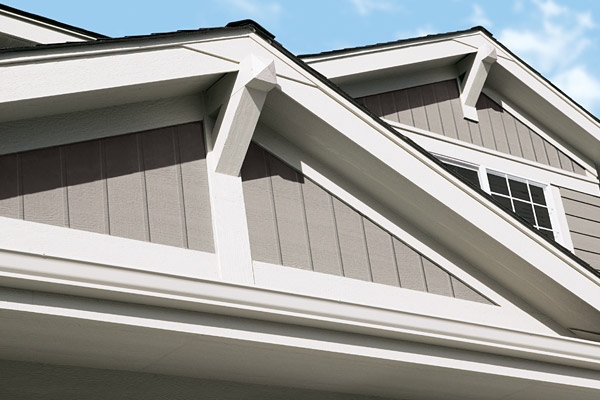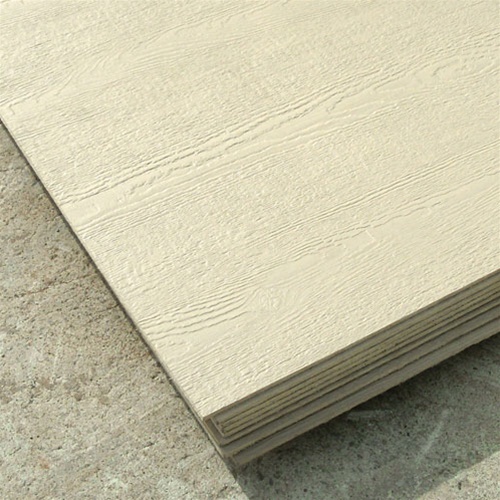Portable Offices,
Spare Rooms etc.
Homes, Buildings,
Workshops etc.
vidsolve@gmail.com
Materials Recommendations
OSB smart panel and T1-11 exterior siding
OSB smart panel is made from different sized wood pieces and is
glued together under pressure and heat. It is really the different sizes of
wood pieces that gives it great strength and resistance to flaking compared to
say masonite or particle board type sidings, which flake like crazy and are totally unacceptable. OSB smart panel is made by LP, and just like every other siding product, there are people that love it and others absolutely hate it. We like it because it holds up incredibly well against termites and moisture, LP is a huge company that has spent a lot of money developing this exterior siding, and many of the best contractors are using it exclusively in Hawaii with great results. It is also very low cost compared to T1-11, and is easy to install, unlike Hardy products, which look awesome. but are very tricky to install properly. The cedar texture on the LP siding shown in the photo looks really nice, and you do not have to put up vertical battens to hide the seams as it fits together quite well. You can batten it if you wish, but it is not necessary if you do a careful job caulking the seams. It is a must to seal all edges of OSB siding with high quality waterproof grade paint to keep the moisture out. You can also choose T1-11 wood siding, which has borite treatment to its core, so it is quite good as far as termites. T1-11 is an all wood, plywood like product. Most people prefer the rough sawn T1-11 vs the deeply grooved variety. We definitely agree. We see no problem using this siding, but the diamond shaped plugs they put in it to hide the knots
are not nearly as pretty as OSB. Some contractors greatly prefer T1-11 over OSB, saying that OSB is not as good in super humid and wet climates such as Hilo and Puna. We do not disagree with this opinion. We encourage you to do your own research and come to your own conclusion. With either siding, you are for sure ending up with a durable, high quality, long lasting product that is very easy to install.

LP architectural grade siding- 1 of many

LP brand OSB smart panel
We are enthusiastically recommending the new drywall with fiberglas facing vs paper. Mold and mildew do not grow well on it, some say no mold or mildew will ever grow on it, but we are not 100% sure, so we say it is as good as you can get today and would not recommend anything else as far as drywall. It is installed the exact same way as conventional paper faced drywall and does cost a little bit more. You get what you pay for folks!
Exterior paint
We are actually recommending the Home Depot ultra premium line made by Behr, with NG technology. It is absolutely self-priming, has incredible adhesion, good coverage, smooths out really nicely, and is actual waterproof grade material. At $32 a gallon, it is worth every penny. The exterior acrylic semi-gloss is the way to go on OSB with the cedar texture for the best weatherproofing that you can get in a house paint. The reason it waterproofs your exterior siding is because of the NG or nano-guard technology, which utilizes different sized molecules instead of just one, and the smaller molecules fill in-between the larger ones, which seals out the weather. Great stuff! Again, do your research, we will specify whatever you want outside and inside. Again, with OSB siding, it is essential to carefully paint all edges to keep moisture out, so when you cut it, seal it good with the Behr NG waterproof paint, applying 2 coats. If you do not want to use this grade of paint, you must prime and then apply 2 finish coats on all edges. We do not recommend doing it this way for reasons of time. We recommend Glidden Grabber exterior primer as being the best water based primer ever made where ever you need primer. Another great primer is zincer shellac based primer, but it is a hassle to clean up, and it bonds so strongly that it is tough to clean up if you spill on concrete or anything. This primer has the best adhesion of any primer we have ever seen, so it is great for going over dirty and oily surfaces, crayon markings etc. It cleans up with denatured alcohol.
Interior paint
The Lambert & Pratt and Benjamin Moore lines are great, but really any major manufacturer these days are all putting out a totally acceptable product. 100% acrylic is the way to go, do not go cheap on paint. There are new low-vapor paints that we actually recommend the most because they are much healthier to apply and to live with after you finish painting. We like the satin finish on drywall because it finishes off really nicely, wears and feels the best. We understand that many folks do not like that much shine, so go with what you like the best. Always use drywall sealer and not other primers on newly finished drywall, and finish off with whatever brand and sheen of paint that you like the best. Drywall primer is made to seal drywall, and is super cheap! Again, 100% acrylic is best, and the new low vapor products are worth the additional cost, especially if anyone is chemically sensitive in your family. It is good to know that the difference between interior and exterior paints, aside from the cost, is that exterior paints have additives in them that protect against fading from ultra violet sun rays. If you want better fade performance inside, you absolutely can use exterior paint inside. Finally, we encourage our customers to paint their own home if they want to save money, but there is a lot to learn regarding professional looking results, so we recommend having someone carefully go over those details and instruct you. We are available to do this, schedule permitting, and if you do a poor job painting, it will lower the value and curb appeal of your home significantly, so if you are not up to speed, we recommend you hire professionals. That being said, painters charge an arm and a leg these days, so it is worth getting up to speed and doing as much on your own as you possibly can.